Summary
Inclusive Design is a process, it is how we design. Adopting inclusive design means changing how we work, in our projects and in our everyday work habits. In the beginning it might be accidental, while at its best it is intentional and has operational support. Learn how we are making progress in our journey towards Inclusive Design at Intel. From the public goal that all user experience teams will be adopting inclusive design, to the real talk and challenges that happen within a team where everyone agrees with the goal, but they don’t know how to start.
Key Insights
-
•
Inclusive design involves intentionally including previously excluded groups, such as people with disabilities and underrepresented cultures, from the earliest research stages.
-
•
Intel developed an Inclusive Design Maturity Model with phases from ignorance to cultural integration to measure and guide progress.
-
•
A head, heart, and hands exercise revealed that teams often understand and care about inclusivity but lack concrete actions.
-
•
Secondary research and bite-sized frameworks help busy designers gain baseline knowledge about diverse communities without overwhelming them.
-
•
An inclusive card deck framework helps teams prioritize which communities to research and identify where solutions are clear or require participatory design.
-
•
‘Nothing about us without us’ is a core mantra, stressing collaboration with disabled users and involving them as co-designers and team members.
-
•
Scaling inclusive design beyond early adopters requires embedding accessible-by-default design systems and creating shared tools and exercises.
-
•
Traditional UX collaboration methods like sticky notes exclude some people with disabilities, urging adaptation of tools for inclusivity.
-
•
Publicly published corporate inclusivity goals create accountability and help put inclusion on the agenda, but do not guarantee change alone.
-
•
Progress requires repeated, sensitive conversations with champions across the organization to build momentum and culture change over time.
Notable Quotes
"Inclusive design and research is a process, how we work as designers to make products and services more inclusive and innovative."
"The better question is who are we excluding when we talk about inclusive design."
"Inclusive design happens on a spectrum from accidental to intentional."
"Nothing about us without us means bringing people in throughout the research and design processes."
"Design operations is designing how we design, and inclusive design is design ops we need to be intentional about."
"We found a disconnect: we get it, we feel it, but we’re not doing anything."
"Our designers didn’t feel comfortable diving into this work without baseline education about these communities."
"Making bite-sized secondary research accessible allows busy designers to start right away without additional workload."
"Traditional UX tools like sticky notes are not accessible to everyone, including blind users or those with invisible disabilities."
"Don’t be ideal, do better — the ideal will always be out of reach, but we should strive towards it regardless."
Or choose a question:

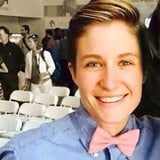

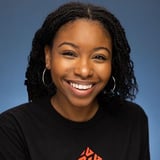
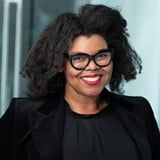
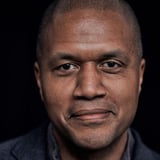


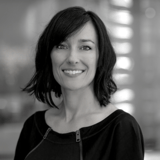




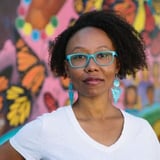
More Videos

"You need strong regional players with negotiation skills to navigate the split loyalties in global teams."
Adam Cutler Karen Pascoe Ian Swinson Susan WorthmanDiscussion
June 8, 2016

"We don’t get upset when users say one thing and do another, but we freak out when our leadership behaves that way."
Peter MerholzThe Trials and Tribulations of Directors of UX (Videoconference)
July 13, 2023

"Governance is about decision making, not workflow processes."
Lisa WelchmanCleaning Up Our Mess: Digital Governance for Designers
June 14, 2018

"Transportation must evolve to be more sustainable and accessible for all."
Vincent BrathwaiteOpener: Past, Present, and Future—Closing the Racial Divide in Design Teams
October 22, 2020

"If you forget the individual, you cut out psychological safety, and that’s the foundation of strong teams."
Brenna FallonLearning Over Outcomes
October 24, 2019

"Never be afraid to get into good trouble; start by asking why."
Tricia WangSpatial Collapse: Designing for Emergent Culture
January 8, 2024

"Proto personas created by cross-department participants helped us build unbiased, relevant survey questions."
Edgar Anzaldua MorenoUsing Research to Determine Unique Value Proposition
March 11, 2021
"The toy shouldn’t be the goal of play, but a tool or a process that unlocks the unlimited possibilities set forth before a child."
Designing Systems at Scale
November 7, 2018

"You’re never testing an idea purely; you’re always testing the implementation of that idea."
Erin WeigelGet Your Whole Team Testing to Design for Impact
July 24, 2024
















